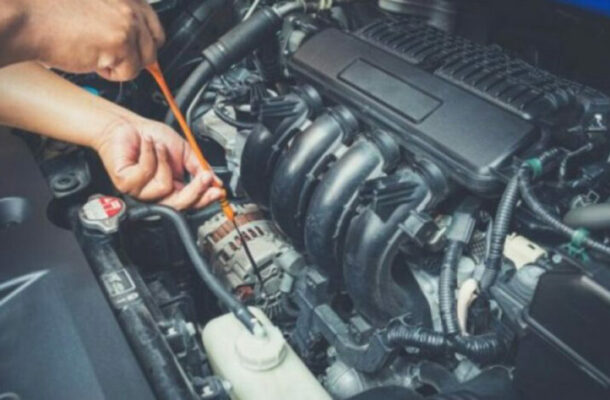Learn about the risks associated with overfilling your engine with oil. Discover expert advice on maintaining the correct oil level to prevent damage and ensure optimal performance.
Introduction: Maintaining the right oil level in your engine is crucial for its smooth operation and longevity. However, the temptation to overfill can lead to catastrophic consequences. In this article, we delve into the dangers of excessive oil and provide expert guidance on avoiding potential pitfalls.
The Importance of Proper Oil Levels
Ensuring your engine has the correct amount of oil is essential for its health and performance. However, straying beyond the designated levels can result in severe damage and costly repairs.
Expert Insights: Understanding the Risks Eberhard Lang from TUV SUD sheds light on the misconception surrounding overfilling. While some may believe that adding a bit more oil won't hurt, the reality is starkly different. Overflowing oil can infiltrate vital components, such as the intake tract, posing a threat to the engine's integrity.
Signs of Overfilling: Red Flags to Watch Out For
Recognizing the symptoms of overfilling is paramount to addressing the issue before it escalates into irreparable damage. Manufacturers like Kia outline clear indicators of excess oil, including:
- Oil Leakage: Excess oil can lead to leaks, compromising the engine's efficiency and creating a mess under the hood.
- Burning Odor: A distinct smell of burning engine oil may indicate overfilling, signaling potential damage to internal components.
- Smoke Emission: Excessive oil can cause smoke to emanate from the engine or exhaust pipe, a clear sign of trouble brewing.
- Abnormal Engine Noises: Strange sounds coming from the engine could signify lubrication issues caused by overfilling.
- Performance Issues: Engine performance may suffer, manifesting as sluggishness or rough operation due to oil-related issues.
Maintaining Optimal Oil Levels: Best Practices
To avoid the pitfalls of overfilling, it's imperative to adhere to proper maintenance practices:
- Regular Oil Checks: Monitor your oil level at regular intervals, ideally every 1000 kilometers, to ensure it falls within the recommended range.
- Follow Manufacturer Guidelines: Heed the guidelines provided by your vehicle's manufacturer regarding oil capacity and refill procedures.
- Precision Matters: Refill oil cautiously, adhering to the markings on the dipstick to prevent overfilling.
- Consult Experts: Seek advice from automotive professionals or refer to manufacturer resources for guidance on oil maintenance.
Conclusion
Maintaining the right oil level is a fundamental aspect of vehicle ownership, directly impacting engine performance and longevity. By understanding the risks associated with overfilling and adopting proactive maintenance measures, drivers can safeguard their engines against potential damage and enjoy smooth, trouble-free operation on the road. Remember, when it comes to oil levels, precision is paramount.


Comments